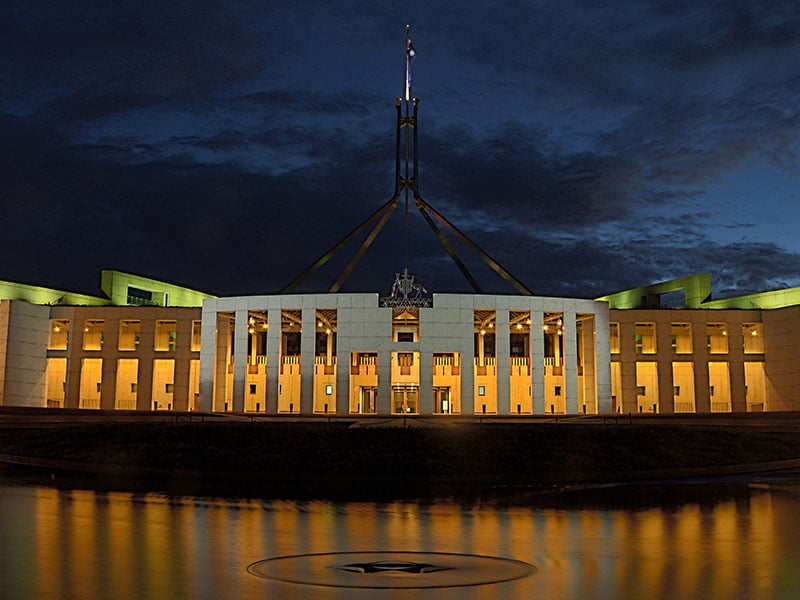The federal government has opened up consultations on the development of the “next generation of innovation indicators” that will be used to develop new policies and guide public funding.
The review of innovation metrics was a recommendation from Innovation and Science Australia’s 2030 report, and was accepted by the government, with the inquiry commencing in May last year.
The Department of Industry, Innovation and Science has since consulted with 50 “innovation system organisations and experts”, who identified gaps, issues and opportunities for innovation metrics.

The review is likely to recommend “significant changes to the capture of innovation metrics”.
Consultations have now been opened to the public, with a paper released by the government outlining the key messages arising from the review so far.
Current metrics used to measure innovation and compare countries are deeply flawed and do not paint a true picture of which countries are excelling and lagging behind, with Australia being treated especially unfairly when it comes to public-private consultation, the paper said.
“Australia, unlike the rest of the developed world, dodged the Global Financial Crisis a decade ago. In doing so, we broke the global record for years of consecutive economic growth. At the same time, Australia has remained persistently ranked in the bottom half of developed economies, and slipping, across a range of comparative measures,” chief scientist Alan Finkel and chief economist Mark Cully said in the paper’s forward.
“How is it that both can be right? Our view is that these measures are not right – they are failing to capture aspects of Australia’s economy. Summary measures of Australia’s innovation performance seem to get things both wrong and muddled.”
The review will ultimately recommend to government a new set of innovation metrics that are “directly relevant to government policy development and program performance”, which can be presented in a scorecard format, with around 10 to 15 indicators.
The metrics, which will be internationally comparable, will be used by the government for monitoring, evaluation and research on the innovation system and the impact of its policies.
Stakeholders already contacted by the review raised a range of concerns with the innovation metrics currently used by the government and around the world. Many questioned the accuracy of the data underpinning these metrics, and that innovation adaptation and adoption should be important considerations.
“Stakeholders have suggested that it would be useful to have a metric to indicate how fast Australia is adopting new technologies, and a metric that quantifies the lag between a new technology becoming available and being adopted. Metrics on adaptation and adoption would provide insight into whether Australian firms are fast or slow followers, relative to the rest of the world,” the paper said.
The paper also says there is a need for better metrics around employee quality.
“Stakeholders want to know whether firms can access the skills they need, and whether the workforce has the required skill sets in the right quantity. That is, stakeholders want to understand whether the supply of skills available matches that in demand,” it said.
The delay in being able to access government-held data is a significant concern among the stakeholders.
“ATO and ABS data are often not available until significantly after a reference period has concluded, and much of this delay is unavoidable because of how long firms take to respond to official data requests. This means the Australian government is unable to use official data to determine if its policies and programs have been effective or not in a particular reference period until well after that period has ended,” the paper said.
“This is a significant problem. Ineffective policies and programs may continue until there are enough data available to evaluate them and demonstrate that they do not achieve their aims. There may then be a further delay until they can be redesigned or replaced. This delay is costly. Having some indicators that are available quickly should be a priority, even at the compromise of some quality.”
Current innovation indicators regularly place Australia as the worst nation in the OECD for business-researcher collaboration, but these comparisons “do not ring true”, the paper said, because they “undercount the actual extent of collaboration between agencies like the CSIRO and business”.
This poor performance may be a “statistical artefact”, stakeholders told the inquiry, with one of the main set of metrics, the Business Characteristics Survey, excluding fee-for-service arrangements, thereby underestimating the value of collaborations reported by the ABS.
The review is also looking to settle on a definition of a “startup” in order to better collect data around that sector of the economy and allow for more effective comparisons.
Stakeholders said they would use the improved metrics for determining how to increase innovative activity, comparing performance internationally, seeing where improvements can be made, finding where government intervention is needed, which programs should be continued or ceased, and the relative effectiveness of investing in innovation compared to other avenues for government funding.
The review will be accepting submissions from the public on the consultation paper until 28 March, and will hand down a final report to government by the end of June, about a month after the upcoming federal election.
Do you know more? Contact James Riley via Email.

